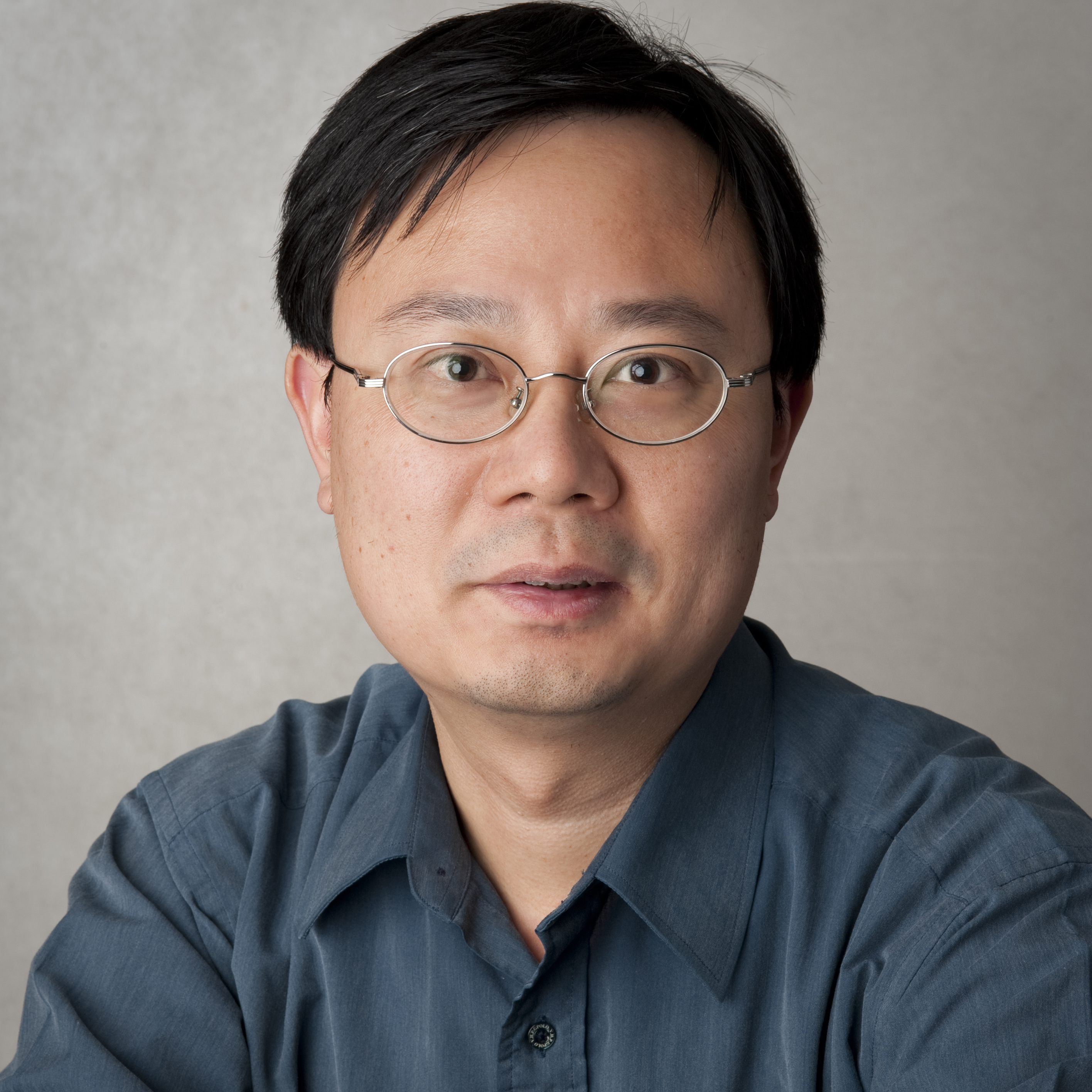
Chi-Ping Day, Ph.D.
- Center for Cancer Research
- National Cancer Institute
- Bldg. 15C1 Room 202
- Bethesda, MD 20892
- 240-760-6905
- daychi@mail.nih.gov
RESEARCH SUMMARY
The goal of Dr. Day's research is to identify driving factors of progression and therapeutic response in cancer by integrative modeling approach, especially using genetically engineered mouse models and computational models, a "reiterate (real) mouse-to-(computer) mouse" strategy.
Areas of Expertise
Research
Dr. Day's expertise is in cancer modeling and the translation of preclinical testing to clinics, focusing on immunotherapy and its combination with other treatments. His research emphasizes modeling as an approach to map a complex system through a process of continuous improvement. He also has many years of experience in building the infrastructure of research, facilitating the efficiency, proficiency, and productivity of a lab under appropriate budget control.
Inventions
1. Lentiviral vectors for long term in vivo expression of dual fluorescence/luminescence reporters. (2011)
Inventors: Dominic Esposito, Chi-Ping Day, and Glenn Merlino.
NIH Employee Invention Report Reference No. E‐132‐2011
2. A bioimaging marker‐tolerant mouse allowing consistent tumor labeling and monitoring in an immunocompetent mouse model. (2010)
Inventors: Chi-Ping Day and Glenn Merlino.
NIH Employee Invention Report Reference No. E‐173‐2010
Publications
- Bibliography Link
- View Dr. Day's PubMed Summary.
Multimodel preclinical platform predicts clinical response of melanoma to immunotherapy
Melanoblast transcriptome analysis reveals novel pathways promoting melanoma metastasis
Preclinical Mouse Cancer Models: A Maze of Opportunities and Challenges
"Glowing head" mice: a genetic tool enabling reliable preclinical image-based evaluation of cancers in immunocompetent allografts
Lentivirus-mediated bifunctional cell labeling for in vivo melanoma study
Biography

Chi-Ping Day, Ph.D.
Dr. Chi-Ping Day received his B.S. diploma in chemistry from National Cheng-Kung University, Tainan, Taiwan in 1992 and his M.S. diploma in biochemistry from National Yang-Ming University, Taipei, Taiwan in 1996. He then joined the Graduate School of Biomedical Sciences at the University of Texas Health Science Center at Houston and M.D. Anderson Cancer Center, where he received his Ph.D. in 2005 for his work on the development of a breast cancer-specific gene therapy system. In October 2005, he joined the laboratory of Dr. Merlino as a visiting fellow to receive his post-doctoral training, then he became a Staff Scientist in 2012. Dr. Day founded the NIH Interspecific Modeling Interest Group.
Dr. Day received the 2007 NCI Director's Innovation Award, the 2018 Staff Scientist and Staff Cilinician Outstanding Mentor Award, and the 2020 CCR Staff Scientist and Staff Clinician Scientific Merit Award. He is also Co-PI on an NCI FLEX Award focusing on "Preclinical Development of Immunotherapy for Brain Metastasis".
News
Mouse models and patient data suggest potential biomarker for immunotherapy response in melanoma
CCR News
April 13, 2020
Immune checkpoint inhibitors are an effective treatment for about a third of patients with metastatic melanoma. Now, mouse models and patient data suggest these cancers are more likely to respond to immunotherapy if their cells resemble fully developed melanocytes rather than less mature precursor cells. Read more...
"Glowing Head" Mice: A Bright Idea to Improve Cancer Models
By Peter Kelmenson, Technical Information Scientist, The Jackson Laboratory eNews
January 19, 2016
Immune-deficient mice engrafted with primary human tumors or cell lines have long been the traditional preclinical models for evaluating candidate cancer drugs. This strategy, while useful for understanding some key aspects of tumor cell behavior, has had only limited success in predicting the efficacy of promising therapeutic candidates clinically. Read more...
Glowing Mice with Working Immune Systems Make for Better Cancer Models Say Scientists
By Anthony King, BioPharma Reporter
June 18, 2015
Molecules like green fluorescent protein (GFP) and luciferase are much used for tumours inside mouse models. Engineered into tumour cells, these light-emitting markers can be detected by a camera and allow tumour progress to be tracked and quantified. Read more...
New Breed of Mice May Improve Accuracy for Preclinical Testing of Cancer Drugs
Frederick National Laboratory for Cancer Research
May 6, 2015
A new breed of lab animals, dubbed “glowing head mice,” may do a better job than conventional mice in predicting the success of experimental cancer drugs—while also helping to meet an urgent need for more realistic preclinical animal models. Read more...
Resources
Plasmids
pFUGW-FerH-ffLuc2-eGFP - Lentiviral vector of luciferase-eGFP fusion gene driven by FerH promoter
pFUGW-Pol2-ffLuc2-eGFP - Lentiviral vector of luciferase-eGFP fusion gene driven by Pol2 promoter
Glowing Head Mice
C57BL/6 - These Glowing Head transgenic mice on an albino C57BL/6 background are immunologically tolerant to firefly luciferase and Enhanced Green Fluorescent protein, and can be used as a host for labeled syngeneic tumor transplantation.
BALB/c - These Glowing Head transgenic mice on the BALB/c background are immunologically tolerant to firefly luciferase and Enhanced Green Fluorescent protein, and can be used as a host for labeled syngeneic tumor transplantation.
FVB/N - These Glowing Head transgenic mice are immunologically tolerant to firefly luciferase and Enhanced Green Fluorescent protein, and can be used as a host for labeled syngeneic tumor transplantation.
Melanoma cell lines
MEL11443 from M1 melanoma model (developmental "neural crest-like" phenotype): https://www.atcc.org/products/crl-3473
B9013HCB from M2 melanoma model (developmental "undifferentiated" phenotype): https://www.atcc.org/products/crl-3474
HCmel1274 from M3 melanoma model (developmental "melanocytic" phenotype): https://www.atcc.org/products/crl-3475
B2905 from M4 melanoma model (developmental "transitory" phenotype): https://www.atcc.org/products/crl-3476
Nature Research Cancer Community
Articles by Chi-Ping Day are available at Nature Research Cancer Community